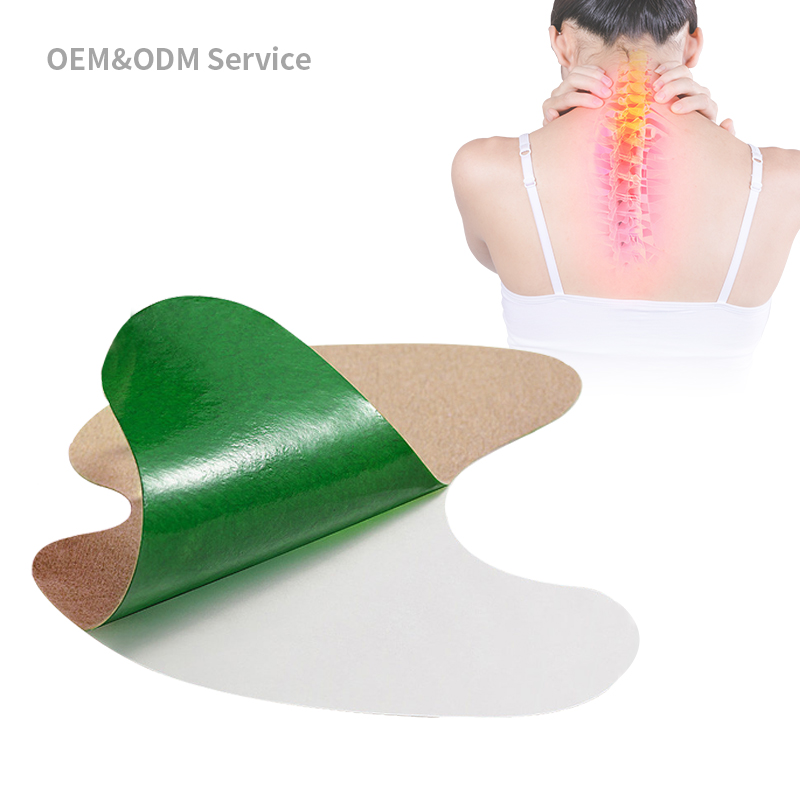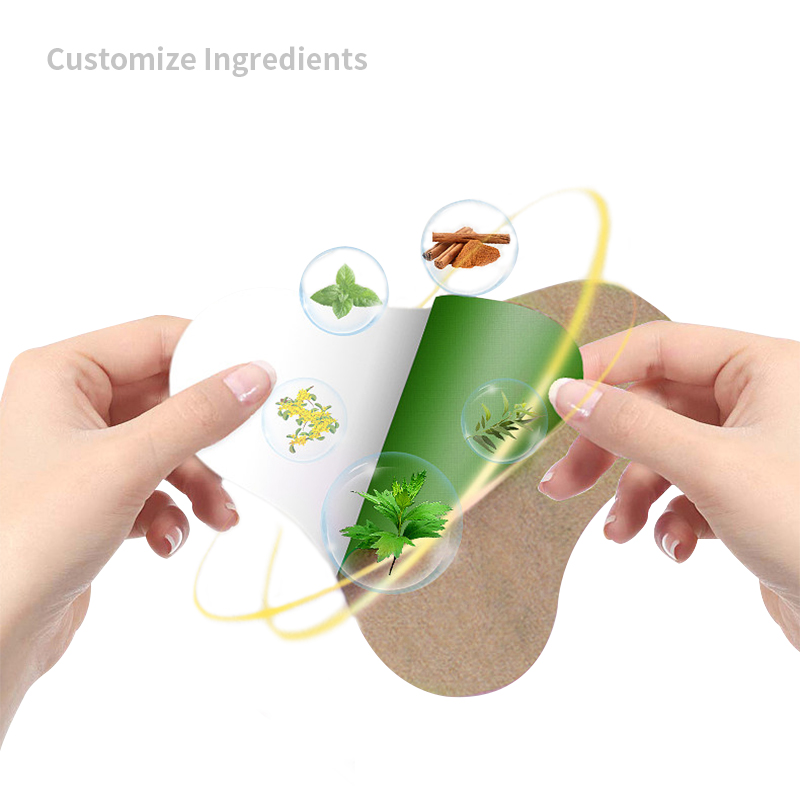What Are OEM Cervical Vertebra Pain Relief Patches?
Cervical vertebra pain relief patches are a popular solution for alleviating neck pain and discomfort. OEM (Original Equipment Manufacturer) cervical vertebra pain relief patches offer a unique opportunity for businesses to create custom, high-quality products under their brand name. This article explores what OEM cervical vertebra pain relief patches are, the benefits they offer, and the process of developing them with a reliable supplier.

Understanding OEM Cervical Vertebra Pain Relief Patches
Definition of OEM
OEM stands for Original Equipment Manufacturer. In the context of cervical vertebra pain relief patches, OEM refers to the process where a manufacturer produces custom patches based on the specifications provided by another company, which then sells these patches under its own brand name.
Benefits of OEM Cervical Vertebra Pain Relief Patches
1. Customization
OEM cervical vertebra pain relief patches can be tailored to meet specific requirements, including size, shape, active ingredients, and packaging. This level of customization allows businesses to create unique products that stand out in the market.
2. Quality Assurance
Partnering with a reputable cervical vertebra pain relief patches manufacturer ensures high-quality products. These manufacturers typically have advanced facilities, experienced staff, and stringent quality control processes to ensure the efficacy and safety of the patches.
3. Brand Recognition
OEM patches are branded with your company’s logo and packaging, helping to build brand recognition and loyalty. This branding can be crucial in competitive markets where differentiation is key to attracting and retaining customers.
4. Cost-Effectiveness
OEM production can be more cost-effective than developing and manufacturing products in-house. By leveraging the manufacturer’s existing infrastructure and expertise, businesses can save on research, development, and production costs.
The Process of Developing OEM Cervical Vertebra Pain Relief Patches
1. Identifying a Reliable Manufacturer
The first step in developing OEM cervical vertebra pain relief patches is to identify a reliable manufacturer. Look for a cervical vertebra pain relief patches supplier with a proven track record, positive reviews, and compliance with industry standards such as ISO and GMP.
2. Defining Product Specifications
Work closely with the manufacturer to define the product specifications. This includes the type of active ingredients (e.g., menthol, camphor, capsaicin), patch size and shape, adhesion properties, and packaging design. Clear communication is crucial to ensure the final product meets your expectations.
3. Prototype Development and Testing
The manufacturer will develop prototypes based on the agreed specifications. These prototypes should undergo rigorous testing to evaluate their effectiveness, adhesion, and comfort. Feedback from these tests can be used to make necessary adjustments before full-scale production.
4. Regulatory Compliance
Ensure that the OEM patches comply with all relevant regulations in your target markets. This may involve obtaining certifications such as FDA approval or CE marking. A reputable manufacturer will assist with the regulatory approval process, providing the necessary documentation and support.
5. Production and Quality Control
Once the prototypes have been approved, the manufacturer will proceed with full-scale production. Implementing stringent quality control measures is essential to maintain consistency and ensure that each batch of patches meets the required standards.
6. Branding and Packaging
The final step involves branding and packaging the OEM cervical vertebra pain relief patches. Work with the manufacturer to design packaging that reflects your brand identity and effectively communicates the product’s benefits. High-quality packaging can enhance the perceived value of the product and attract customers.
Advantages of Working with an OEM Supplier
1. Expertise and Experience
OEM suppliers often have extensive experience and expertise in manufacturing pain relief patches. Their knowledge of active ingredients, formulation techniques, and production processes can help create a superior product.
2. Flexibility and Scalability
OEM suppliers offer flexibility in terms of production volume, allowing businesses to scale their orders based on demand. This scalability is beneficial for both small startups and established companies looking to expand their product lines.
3. Innovation
OEM suppliers are often at the forefront of innovation in their industry. Partnering with such suppliers can provide access to the latest technologies and formulations, enabling businesses to offer cutting-edge products to their customers.
Related Questions and Answers
1. What ingredients are commonly used in OEM cervical vertebra pain relief patches?
Common ingredients include menthol, camphor, capsaicin, lidocaine, and herbal extracts. These ingredients provide various therapeutic effects such as cooling, heating, and numbing to relieve pain.
2. How do I find a reliable cervical vertebra pain relief patches manufacturer?
Look for manufacturers with a strong track record, positive customer reviews, and compliance with industry standards like ISO and GMP. Requesting samples and visiting their facilities can also help in evaluating their reliability.
3. What is the difference between OEM and private label cervical vertebra pain relief patches?
OEM involves creating a new, custom product based on your specifications, while private labeling involves branding an existing product with your logo and packaging.
4. How long does it take to develop OEM cervical vertebra pain relief patches?
The timeline can vary depending on factors such as product complexity, regulatory approvals, and production capacity. On average, it can take between six months to a year from initial concept to market launch.
5. Can I include natural ingredients in my OEM cervical vertebra pain relief patches?
Yes, many OEM manufacturers offer the option to include natural ingredients such as essential oils and herbal extracts. Discuss your preferences with the manufacturer to ensure feasibility.






